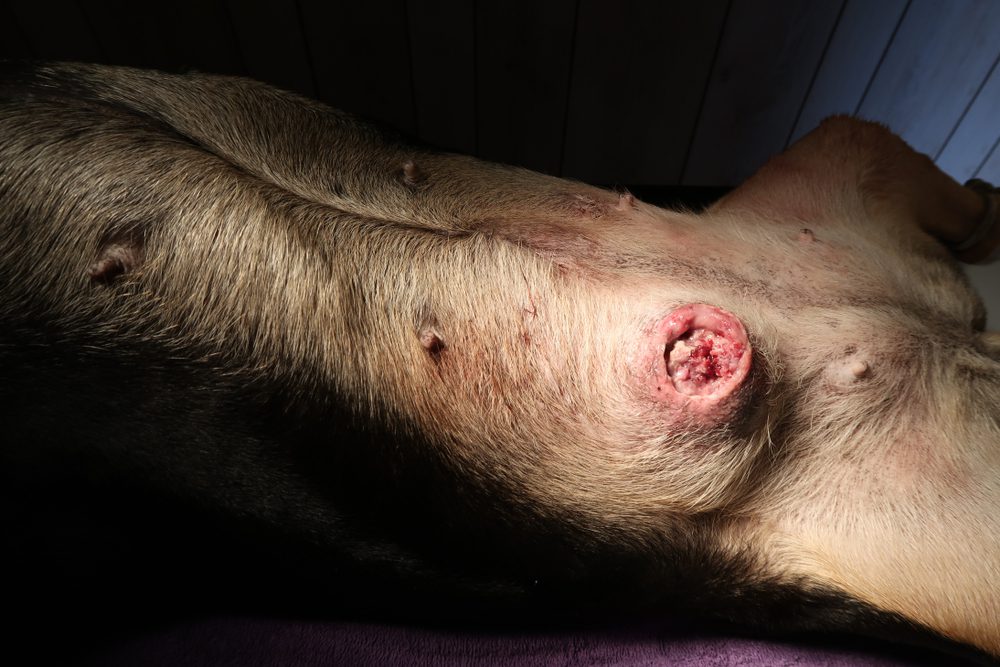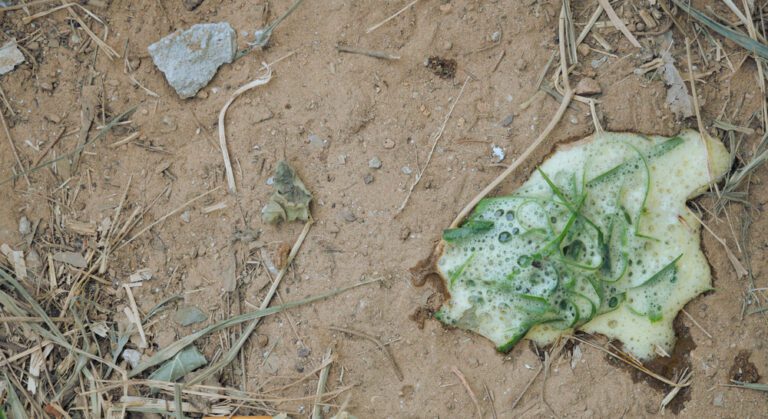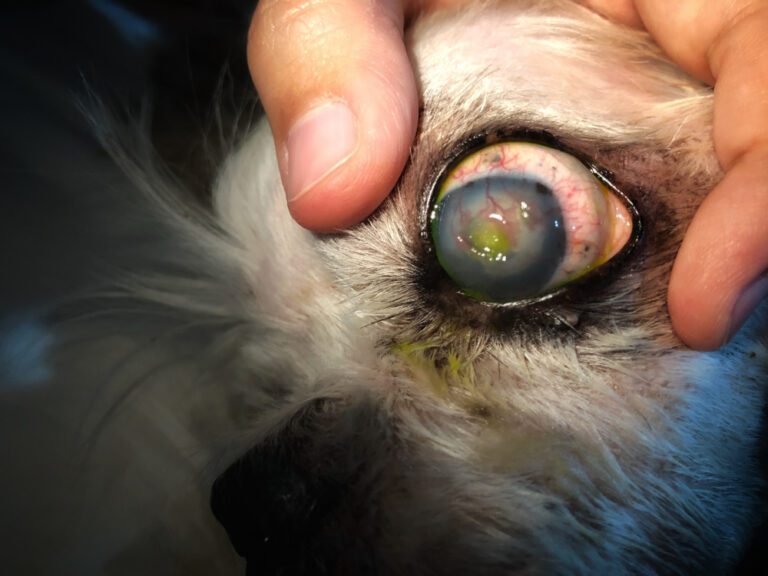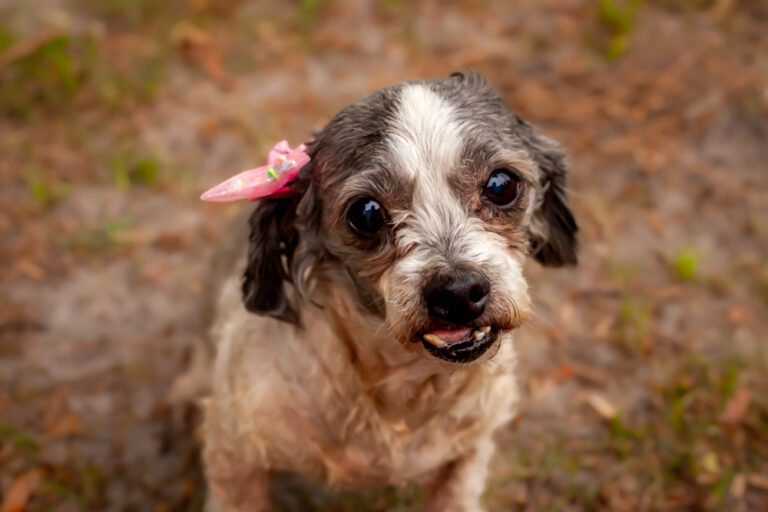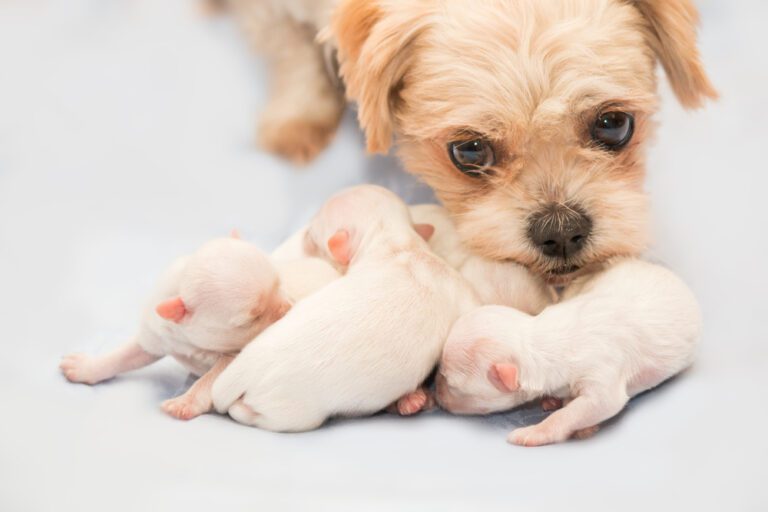Why Mammary Cancer Targets Shih Tzus More Than Other Breeds – Vets Reveal the Truth
Did you know that mammary cancer affects up to 50% of unspayed female dogs during their lifetime? For Shih Tzu owners, this statistic becomes even more alarming. Recent veterinary studies reveal that certain small dog breeds, including the beloved Shih Tzu, face elevated risks for developing mammary tumors compared to their larger counterparts.
Mammary cancer in Shih Tzus isn’t just another health concern—it’s a silent threat that can devastate families and drain bank accounts.
In this comprehensive guide, we’ll uncover why mammary cancer disproportionately affects Shih Tzus, reveal the early warning signs most owners miss, and provide actionable prevention strategies that veterinarians swear by. Whether you’re a new Shih Tzu owner or have been loving these adorable companions for years, this article contains life-saving information you can’t afford to ignore.
What Is Mammary Cancer?
Mammary cancer (also called mammary gland tumors) develops in the breast tissue of female dogs, though it can rarely affect males. These tumors originate in the mammary glands and can be either benign (non-cancerous) or malignant (cancerous).
Types of Mammary Tumors in Dogs
Benign Tumors:
- Mammary adenomas
- Mixed mammary tumors
- Complex adenomas
Malignant Tumors:
- Mammary carcinomas
- Inflammatory mammary carcinoma (most aggressive)
- Mammary sarcomas
Key Statistics You Need to Know
- 50% of mammary tumors in dogs are malignant
- Risk increases dramatically after age 6
- Unspayed females have 7x higher risk than spayed females
- Early spaying reduces risk by 99.5%
Why Shih Tzus Are at Higher Risk
Genetic Predisposition
Shih Tzus carry specific genetic markers that increase their susceptibility to mammary cancer. Research published in veterinary oncology journals identifies several breed-specific factors:
Hormonal Sensitivity
Shih Tzus demonstrate heightened sensitivity to estrogen and progesterone—the primary hormones driving mammary tumor development. Their mammary tissue responds more aggressively to hormonal fluctuations during heat cycles.
Longevity Factor
Shih Tzus typically live 10-18 years, significantly longer than many dog breeds. This extended lifespan increases their cumulative exposure to cancer-causing hormones, especially in unspayed females.
Size-Related Risk Factors
Small breed dogs like Shih Tzus face unique challenges:
- Higher metabolic rates affect hormone processing
- Concentrated mammary tissue in smaller body frames
- Genetic bottlenecking in breeding programs
- Limited genetic diversity within the breed
Breeding Practices Impact
Unfortunately, irresponsible breeding practices have inadvertently increased mammary cancer rates in Shih Tzus:
- Inbreeding concentrates cancer-predisposing genes
- Lack of health screening in breeding programs
- Puppy mill conditions stress hormonal systems
- Early breeding without proper health assessments
Early Warning Signs Every Owner Must Know
Physical Signs to Monitor
Monthly mammary checks could save your Shih Tzu’s life. Here’s what to look for:
Lumps and Bumps
- Small, hard nodules near or on nipples
- Soft, moveable masses under the skin
- Rapidly growing bumps anywhere on the chest or abdomen
- Multiple small lumps appearing simultaneously
Changes in Mammary Tissue
- Swelling or inflammation around nipples
- Discharge from nipples (clear, bloody, or pus-like)
- Changes in nipple color or texture
- Asymmetry between left and right mammary chains
Behavioral Changes
Mammary cancer affects more than just physical appearance:
- Decreased appetite or reluctance to eat
- Lethargy and reduced activity levels
- Difficulty lying down comfortably
- Protective behavior around chest area
- Changes in grooming habits
Advanced Warning Signs
These symptoms require immediate veterinary attention:
- Open wounds or ulceration over tumors
- Difficulty breathing
- Rapid weight loss
- Persistent vomiting or diarrhea
- Extreme lethargy or collapse
Prevention Strategies That Work
The Spaying Solution
Early spaying remains the most effective prevention method for mammary cancer in Shih Tzus:
Optimal Timing for Maximum Protection
- Early spaying before initial heat (4-6 months): Provides maximum protection reducing risk by 99.5%
- Spaying after one heat cycle but before the second: Offers significant 92% risk reduction
- After second heat: 74% risk reduction
- After 2.5 years: Minimal protective benefit
Spaying Benefits Beyond Cancer Prevention
- Eliminates risk of pyometra (life-threatening uterine infection)
- Prevents unwanted pregnancies
- Reduces roaming and aggressive behaviors
- Eliminates messy heat cycles
Lifestyle Modifications
Beyond spaying, these strategies support mammary health:
Diet and Nutrition
- High-quality protein sources (25-30% of diet)
- Omega-3 fatty acids from fish oil supplements
- Antioxidant-rich vegetables like broccoli and spinach
- Limited processed treats and table scraps
Exercise and Weight Management
- Daily walks for 20-30 minutes
- Weight monitoring to prevent obesity
- Interactive play sessions for mental stimulation
- Regular swimming if available (excellent low-impact exercise)
Environmental Factors
Reduce cancer-promoting environmental exposures:
- Limit exposure to pesticides and herbicides
- Use natural cleaning products when possible
- Provide filtered water
- Minimize stress through consistent routines
Treatment Options and Success Rates
Surgical Interventions
Surgery remains the primary treatment for mammary cancer in Shih Tzus:
Types of Mammary Surgery
- Lumpectomy: Removal of individual tumors (early-stage cases)
- Simple mastectomy: Removal of affected mammary gland
- Radical mastectomy: Removal of entire mammary chain
- Bilateral mastectomy: Removal of mammary tissue on both sides
Success Rates by Stage
- Stage I (localized): 85-95% five-year survival
- Stage II (regional spread): 65-75% five-year survival
- Stage III (distant metastasis): 25-35% five-year survival
Chemotherapy and Additional Treatments
For aggressive or advanced cases:
Chemotherapy Protocols
- Doxorubicin-based treatments for carcinomas
- Carboplatin combinations for specific tumor types
- Cyclophosphamide protocols for inflammatory cancers
Supportive Therapies
- Pain management medications
- Anti-nausea treatments
- Nutritional support supplements
- Physical therapy for post-surgical recovery
Holistic and Complementary Approaches
Many owners explore complementary treatments:
- Acupuncture for pain management
- Herbal supplements (under veterinary guidance)
- Massage therapy for lymphatic drainage
- Specialized diets to support immune function
Living with a Diagnosis
Quality of Life Management
A mammary cancer diagnosis doesn’t mean the end of a happy life:
Post-Surgery Care
- Incision monitoring for signs of infection
- Activity restrictions during healing (2-4 weeks)
- Pain management protocols
- Nutritional support for recovery
Long-term Monitoring
- Regular veterinary checkups every 3-6 months
- Home examinations for new lumps
- Imaging studies to monitor for recurrence
- Blood work to assess overall health
Emotional Support for Families
Caring for a dog with cancer affects the entire family:
- Support groups for pet cancer families
- Counseling resources for difficult decisions
- Educational materials about end-of-life care
- Memorial services and grief support
Expert Veterinarian Insights
Leading Oncologist Recommendations
Dr. Sarah Mitchell, DVM, DACVIM (Oncology), shares critical insights:
“The most heartbreaking cases I see are Shih Tzus whose mammary cancer could have been completely prevented with early spaying. The 99.5% risk reduction with pre-first-heat spaying is remarkable—few medical interventions offer such dramatic protection.”
Breakthrough Research Findings
Recent studies reveal promising developments:
Genetic Testing Advances
- Mammary cancer susceptibility markers being identified
- Breeding programs incorporating genetic screening
- Personalized treatment protocols based on genetic profiles
Novel Treatment Approaches
- Immunotherapy trials showing promise
- Targeted therapy drugs in development
- Precision medicine approaches for individual dogs
Conclusion
Mammary cancer in Shih Tzus represents a serious but largely preventable health threat. The genetic predisposition that makes these beloved companions more susceptible to mammary tumors also makes prevention strategies incredibly effective.
Your Shih Tzu’s health is in your hands. Schedule that spay surgery, perform monthly examinations, and maintain open communication with your veterinarian. The life you save through these simple actions could be your beloved companion’s.
Don’t wait until it’s too late—the best time to prevent mammary cancer was yesterday, but the second-best time is today.
FAQs
Can male Shih Tzus get mammary cancer?
Yes, but it’s extremely rare. Less than 1% of mammary cancers occur in male dogs. Male mammary cancer typically affects older, intact males and carries a poor prognosis due to delayed diagnosis.
What’s the difference between benign and malignant mammary tumors?
Benign tumors don’t spread to other body parts and are typically cured with surgical removal. Malignant tumors can metastasize (spread) to lymph nodes, lungs, and other organs. Only a veterinary pathologist can definitively distinguish between the two through biopsy examination.
Are there any early symptoms of mammary cancer besides lumps?
Yes, watch for nipple discharge, swelling around mammary tissue, changes in appetite, lethargy, and difficulty lying down comfortably.
How long can Shih Tzus live after mammary cancer treatment?
Survival depends on cancer stage at diagnosis. Dogs with early-stage mammary cancer (Stage I) have excellent prognoses, with 85-95% surviving five years post-treatment. Advanced cases have more guarded prognoses, emphasizing the importance of early detection.

